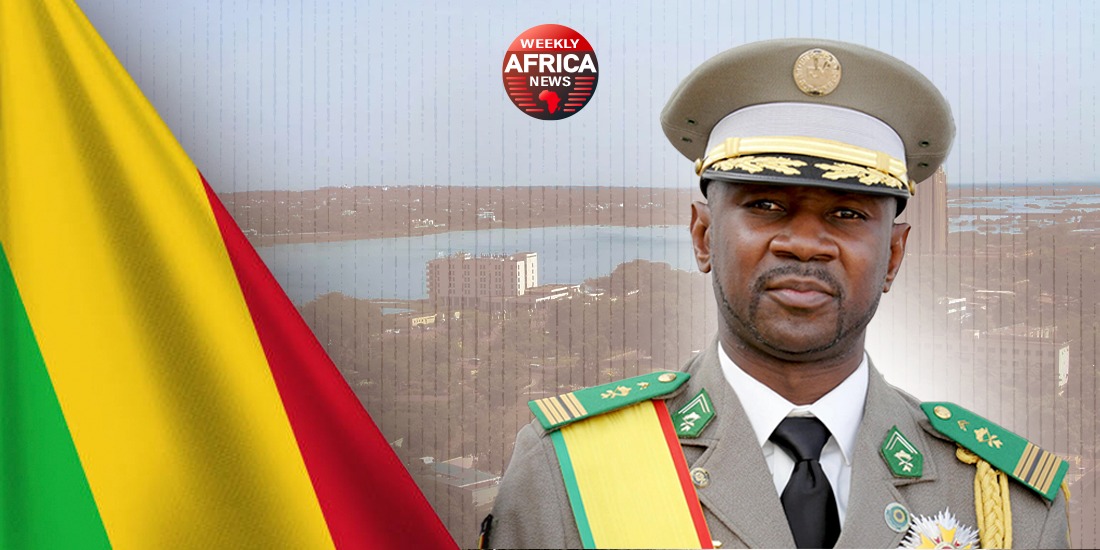On February 28, 2025, the White House was the scene of a crucial meeting between US President Donald Trump and his Ukrainian counterpart Volodymyr Zelensky. The summit, marked by high tensions, quickly turned into a verbal confrontation between the two leaders. True to his direct style, Trump openly criticized Zelensky for his handling of the conflict and the lack of decisive results despite the enormous financial aid granted by the United States. Zelensky, visibly irritated, vigorously defended his country’s position, refusing any territorial concessions and insisting on the need for Western support.
An ongoing conflict that weighs heavily on the West
Since the invasion of Ukraine in February 2022, the fighting has caused considerable loss of life, and put a severe strain on the European and global economies. Despite heroic resistance, Ukraine is struggling to regain the territories occupied by Russia. Western aid, essential to its war effort, has helped to contain the Russian onslaught, but the war is bogged down in a logic of attrition where each side seeks to wear down its adversary with no decisive victory in sight.
For the United States, military and financial support for Ukraine was a key element of its foreign policy under the Biden administration. However, with the election of Trump in 2024, a new approach is taking shape. Anxious to refocus US strategic priorities, the president has decided to suspend some military aid in order to force Zelensky to explore diplomatic options. This suspension, though temporary, sends a strong signal: Washington will no longer indefinitely fund a conflict with no clear prospects of resolution.
A meeting of the minds
The meeting between Trump and Zelensky quickly became tense. The American president insisted on the need to put an end to hostilities, while stressing that Ukraine had to show more flexibility to allow for negotiations. The tone escalated when Trump spoke of re-evaluating US military support for the Europeans. In his view, Europe must take a more active role in managing the conflict, without relying systematically on the financial and logistical efforts of the United States.
Zelensky, for his part, defended the need for continued military support to prevent Russia from imposing its terms. But Trump retorted that war could not be a never-ending affair, and that European security was first and foremost the responsibility of the Europeans themselves.
America redefines its strategic priorities
Against a backdrop of shifting geopolitical balances, Trump sees the war as an opportunity to reorient American foreign policy. One of the key issues discussed at the meeting was the exploitation of Ukraine’s natural resources. The country possesses large deposits of rare earths, a major strategic asset at a time when these resources have become essential to the technology and military industries. Trump hinted that any future agreement with Kiev would have to include privileged access for US companies to these riches, a proposal that clearly put Zelensky in an uncomfortable position.
By adopting a more conciliatory stance with Moscow, Trump is also seeking to weaken the Sino-Russian axis. The alliance between Beijing and Moscow represents a major challenge for Washington, and by favoring a rapprochement with Russia, Trump hopes to create dissension between these two powers. By dividing his opponents, he is banking on a strategic weakening of China, perceived as the real threat to long-term American supremacy.
Europe faces a new diplomatic equation
Europeans are following these developments with attention, if not concern. Since the start of the war, they have supported Ukraine with increasing commitment, but they remain largely dependent on American leadership. If Trump favors a diplomatic path and conditions aid to Kiev, this could prompt European capitals to rethink their own approach to the conflict. Some states, notably France and Germany, may be tempted to align themselves with this strategy of a gradual exit from the war, while others, such as Poland and the Baltic states, will continue to call for unconditional support for Kiev.
The issue for Europeans will therefore be whether a possible peace agreement can guarantee the continent’s security, while avoiding a capitulation that would send a signal of weakness to Moscow. The Trump administration, aware of these fears, will have to manage a delicate balance between the pressure for peace and the need to maintain a solid transatlantic alliance.
A turning point for American diplomacy?
The February 28 summit could be the start of a major strategic realignment. Trump, as a seasoned businessman, wants to achieve an outcome that serves American interests while preserving Washington’s credibility on the international stage. His aim is to demonstrate that the United States can be a key player in resolving the conflict, without being trapped in a never-ending military engagement.
Ukraine, for its part, must now come to terms with this new situation. Zelensky knows that the era of unconditional support may be coming to an end, and that he will have to show flexibility to secure his country’s future. It’s clear that Kiev won’t be able to get everything, but if it plays its cards right, it could obtain enhanced security guarantees and American support conditional on diplomatic progress.
Peace at what price?
The big question that remains is the price of peace. Those in favor of maximum support for Ukraine fear that an agreement negotiated under American pressure would be at the expense of Kiev’s territorial integrity. Conversely, those who advocate de-escalation believe that continuing the conflict will only lead to further loss of life and instability in Europe.
As a pragmatist, Trump seems to want to adopt an intermediate position. He knows that any peace imposed by force will not hold, but he is also convinced that it is time to get out of a war that has gone on far too long. Nevertheless, he will have to play finely to obtain concessions from Moscow without giving the impression of a strategic retreat on the part of the United States.
Conclusion: a new era for Washington?
The meeting between Trump and Zelensky marked a decisive stage in the evolution of the Ukrainian conflict. While it did not result in an immediate agreement, it did lay the foundations for a possible evolution in American and Ukrainian positions. The Trump administration wants to show that it is capable of finding a way out of this conflict, while preserving Washington’s position as arbiter of major international crises.
The next few months will be crucial. If Trump succeeds in establishing a viable diplomatic framework, he could profoundly redefine US policy towards Europe and Russia, while weakening the Sino-Russian partnership. If, on the other hand, negotiations fail, the war in Ukraine could drag on even longer, with all the attendant uncertainties for global security. One thing is certain: the White House now holds the cards to influence the outcome of this war. It remains to be seen whether it can play them to best effect.







